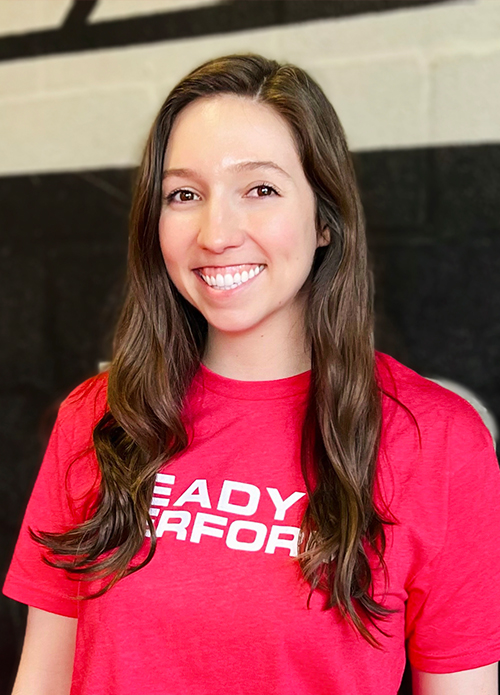Running Cadence: Optimize Your Stride

The Science of Cadence: How 2 Find Your Ideal Running Stride
As a physical therapist and avid runner, I’ve spent years analyzing movement, treating injuries, and helping runners fine-tune their form. One of the most overlooked yet powerful factors in running efficiency and injury prevention is running cadence—the number of steps you take per minute.
Whether you’re a seasoned marathoner or a casual weekend jogger, understanding your cadence can help improve performance, reduce injury risk, and make your runs feel smoother and more enjoyable. So, let’s dive into the science of cadence and how to find your ideal stride!
What Is Running Cadence?
Simply put, running cadence is the number of steps you take in a minute. If you’ve ever heard the magic number “180” thrown around, that’s because research suggests many elite runners maintain a cadence close to 180 steps per minute (SPM). However, cadence is highly individualized, and your ideal number will depend on factors like height, leg length, pace, and experience level.
How Cadence Affects Running Performance
Your running cadence plays a crucial role in running efficiency. A higher cadence (meaning shorter, quicker steps) often leads to:
Better Running Economy – Taking more steps within the same pace means your foot is on the ground for less time, decreasing risk of overuse and muscle fatigue
Smoother Stride – A higher cadence promotes a natural forward lean, which helps with propulsion and keeps your stride feeling light and fluid.
Improved Pace Control – Adjusting your cadence is a great way to fine-tune your pacing without drastically changing effort levels.
Cadence and Injury Prevention: The Science Behind It
If you’re prone to injuries, your running cadence might be one of the missing puzzle pieces in your training.
Lower Impact Forces – A low cadence (fewer steps per minute) is associated with increased forces through your leg. This can increase the stress on your joints and lead to overuse injuries like shin splints, runner’s knee, and stress fractures.
Reduced Ground Contact Time – A higher cadence means less time spent on the ground, which decreases the likelihood of excessive pronation, Achilles tendonitis, or plantar fasciitis.
Finding Your Ideal Running Cadence
So how do you figure out the right cadence for you? Follow these steps:
1- Measure Your Current Cadence: Run at your usual pace and count how many times your right foot hits the ground in 30 seconds. Multiply by two and then by two again to get your steps per minute (SPM).
2- Make Small Adjustments: If your cadence is below 160, try increasing it gradually by 5% at a time rather than making a big jump.
3- Use a Metronome or Music: Apps like RunCadence or songs with a BPM (beats per minute) matching your target cadence can help you stay on track. Spotify has playlists specific to genre and BPM.
4- Train Your Cadence on Intervals: Try short bursts (30-60 seconds) of running with a slightly higher cadence, then return to your normal pace.
Myths: Debunking Common Misconceptions
Myth: “Everyone should aim for 180 SPM.”
-Truth: While 180 SPM is a good benchmark, ideal cadence varies based on individual factors. Some runners perform best at 170-190 SPM, while others thrive outside this range.
Myth: “Cadence is only important for elite runners.”
-Truth: Runners of all levels can benefit from optimizing cadence, as it enhances efficiency and reduces injury risk.
Myth: “Increasing cadence means running faster.”
-Truth: It’s about stride frequency, not speed. You can have a higher cadence while maintaining an easy, conversational pace.
Take the First Step Toward Your Smooth Running Stride
If you feel like your running efficiency is holding you back, it might be time for a closer look at your mechanics. Small adjustments—like optimizing your cadence or refining your stride—can make a big difference in performance and injury prevention. But finding the right balance requires more than guesswork; it takes expert analysis.
Our Running Performance Analysis is designed to assess your form, stride, and movement patterns, providing you with actionable insights to help you run stronger, longer, and pain-free. Whether you’re aiming to prevent injuries or improve efficiency, this assessment can be the key to unlocking your full potential as a runner.
Schedule your Running Performance Analysis today and take the first step toward pain-free, optimized running! Get Started Here
Let’s keep you moving toward your goals, one healthy step at a time.
-Dr. Katie Woelfel, DPT, OCS | Performance Physical Therapist

Fitness Focused Physical Therapy
Rehab 2 Perform is a leading physical therapy and sports rehabilitation company dedicated to helping clients achieve optimal performance in their daily lives, whether they are athletes, weekend warriors, or individuals recovering from injury. With a team of highly skilled professionals across 11 state-of-the-art locations (soon to be 12), Rehab 2 Perform offers a personalized, evidence-based approach that emphasizes active rehabilitation and functional fitness. Find a Location near you, or Schedule Here.
We accept all major insurances, including Tricare, VA Community Care, and the Johns Hopkins Healthcare Network!
